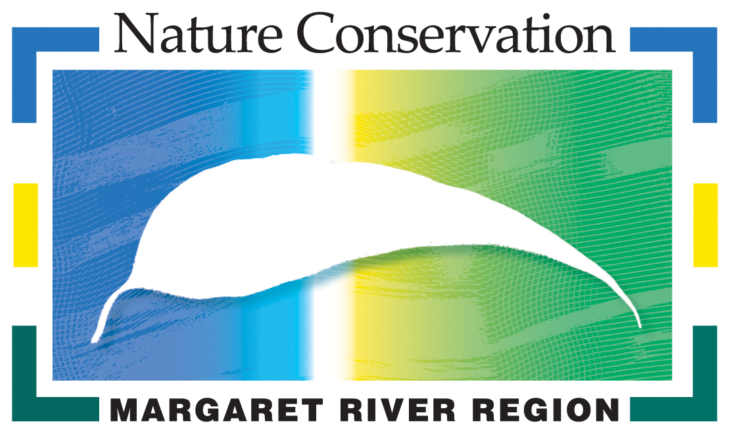The Margaret River region’s reefs and seagrass meadows are home to just as much biodiversity as Ningaloo Reef – and deserve the same protection, some of the state’s leading marine researchers say.
Coinciding with National Science Week, two leading marine experts visited the Capes region last week to share their knowledge with Margaret River Primary School students who are taking part in a new marine program, called Waatu Kaatijin or “ocean learning”.
As part of the program run by Nature Conservation Margaret River Region and EMA Australia, the students work with coastal and marine scientists to become stewards for Australia’s first Educational Marine Area (EMA) here at Margaret River, where they carry out marine and coastal surveys, identify threats, meet with stakeholders, devise solutions, put them into practice and share the learning with the community.
Dr Renae Hovey and Dr Jane Prince, both senior lecturers in the school of biological sciences at the University of Western Australia’s Oceans Institute, visited the region to do classroom and coastal sessions with the students. They said, while our reefs may be less colourful and dominated by seaweed rather than coral, the amount of marine life and biodiversity was on par with WA’s famous Ningaloo Reef to the north and even Queensland’s famous Great Barrier Reef.
Dr Prince said the Margaret River coastline was part of the Great Southern Reef which “is just as important as places like Ningaloo Reef or the Great Barrier Reef”. “It goes all the way around the bottom of Australia and has incredible diversity and a lot of unique species that occur nowhere else in Australia. It’s really important to manage and conserve that environment and keep it as pristine as possible,” Dr Prince said.
Dr Hovey said many people knew the Capes region was a biodiversity hotspot on land, but she said it was also a biodiversity hotspot in the ocean and intertidal zone. “In one photograph there can be hundreds if not thousands of species, particularly a whole range of cryptic species that we might not see until we take a close look at the understory of a kelp forest,” she said.
In addition, Dr Hovey said the cooler waters of the Margaret River region were also home to just as many fish and marine species as Ningaloo or the Great Barrier Reef. “You delve underneath the waves and you can see just as much diversity in our fish; the invertebrates, snails, gastropods and sea slugs are all here too and just as colourful,” she said. “You definitely hear a lot about the Great Barrier Reef and Ningaloo Reef but my message is that we have our own very special reef right here – it’s called the Great Southern Reef and it’s more expansive with more species than any of the tropical reef systems in Australia. And it’s so much more accessible, right on our doorstep. Get out there, learn about it, take a look and experience it!”
EMA Australia co-founder and marine biologist Dr Kim Lema, who is also coordinating the Waatu Kaatijin program, said the students relished the chance to learn from the UWA researchers in a program designed to inspire them about the coast and empower them with the tools to help protect it.
First started in the Marquesas Islands a decade ago, the EMA concept has become hugely successful, with school children acting as custodians of more than 1000 Educational Marine Areas around the world. Margaret River’s popular Prevelly coastline was selected as the first spot in Australia to expand the program and a pilot program is under way with four Year 5 classes from Margaret River Primary School.
It has a five-star list of collaborating institutions such as the University of Western Australia, Western Australian Museum, BirdLife Western Australia, Great Southern Reef Foundation, Margaret River coastal Residents Association, Parks and Wildlife Service, Western Australia, Undalup Association Inc., Coastal Connections and Shire of Augusta Margaret River rangers.
Seed funding from the Fogarty Foundation – as well as from the Jock Clough Marine Foundation and Cape Mentelle – has made a pilot program. But Nature Conservation is hoping to attract more funding to roll out the program to all schools in the Capes region.
